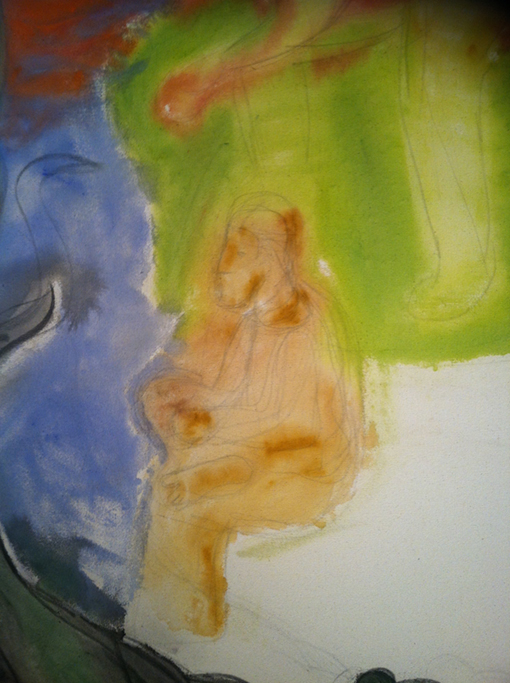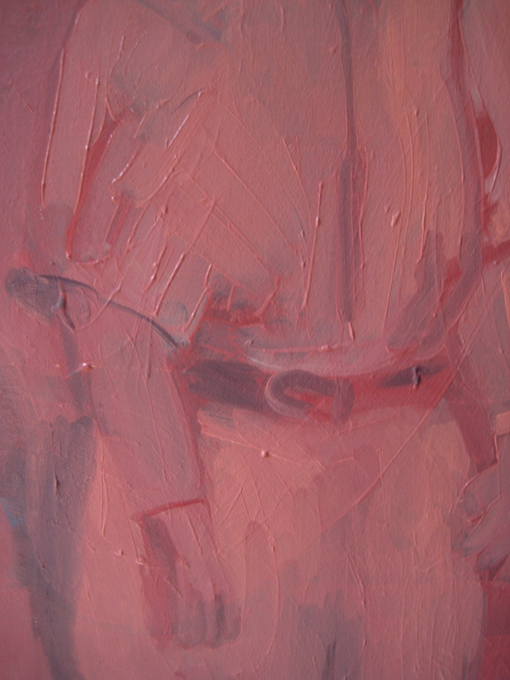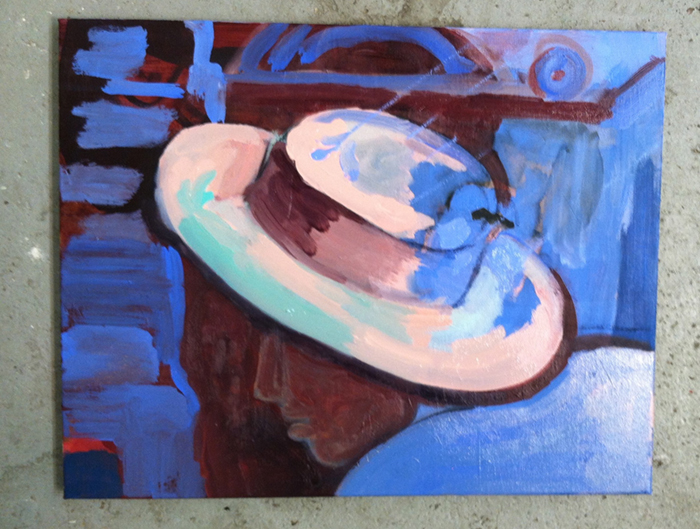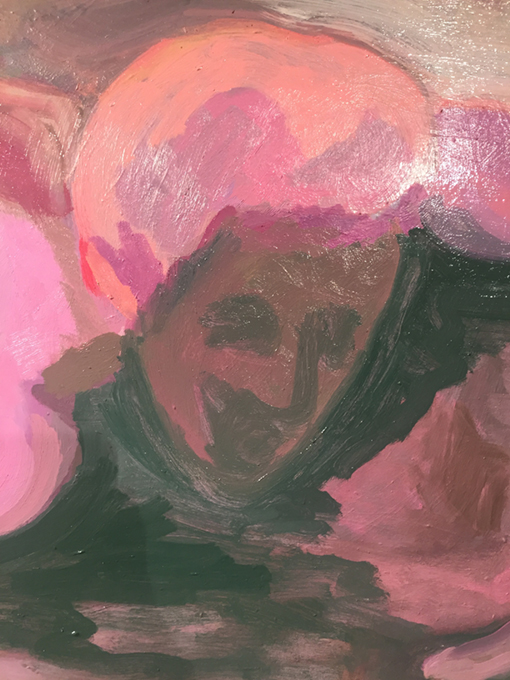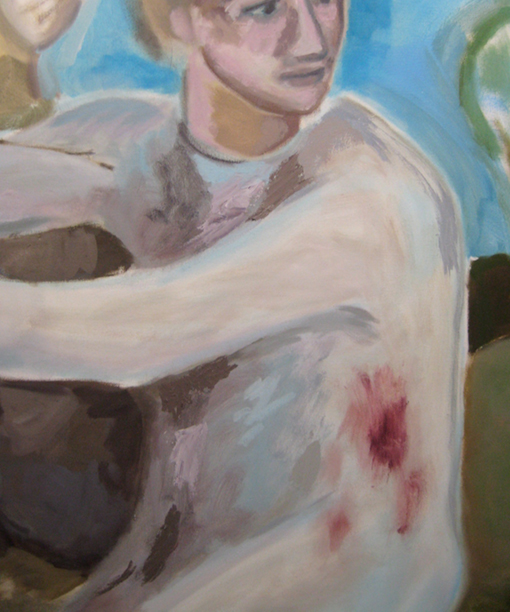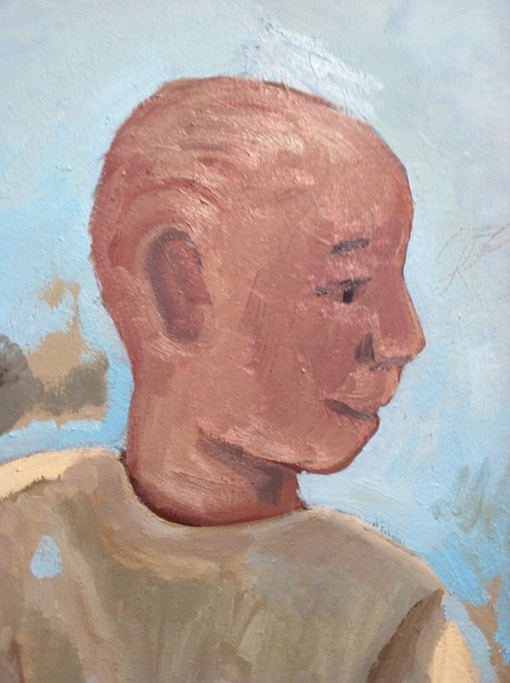JESS ARNDT
Tuesday, May 29th, 2018
In fall of 2016 I collected a little water from the North Pole.

From the North Pole or near it. New rain or centuries old ice melt. This or that. Pregnant or not? Actually due to cataclysmic climate conditions it was probably from deep in the glacier or deeper than it should have been. Deeper, older. Now people keep asking me from the Kickstarter: “When can I have my water?”
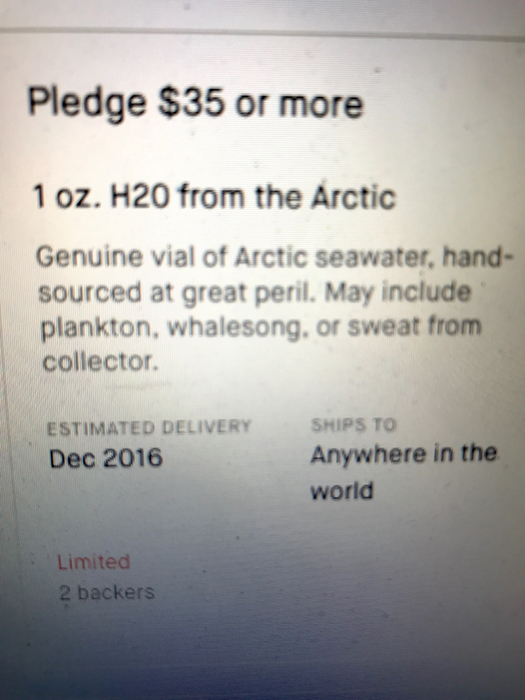
“It’s been 2 years,” they say, when they write. But then we had a baby and everything got effed up. Effed up for the better, but still effed up.
Effed up is a place I have been trying to get for many years, believing that, when done right, it means you don’t have a body. A Piscean event on a 3-D plane. For a brief moment (10 months) our baby was suspended and so, once I gathered it, was the 6 ounces, divided into two 3 ounces plastic bottles, of water. For my part I was also suspended: on a snow-bedecked artist-crammed boat.
One night, as I lay against my bed board, my porthole wept foam on my head. One night my bunkmate was yelling from sleep about what violence she would do to her ex-husband. One night it was 3 am and I was talking to the Captain, who was topless in pasties and a grass skirt, about my gender. “But what I want to know is what do you FEEL, Jess!!??” he slammed his beer mug on the bar top/his chest.
“More boy,” I said. (=more comfortable for Captain, allows more body swimming for me.)
And anyway, hasn’t this all been such a FLUID experience?
Except I live in Los Angeles, land of cracked sidewalks + drought. This morning at the organic grocery store a woman refused to enter the bathroom with me, even when I assured her: “I’m a woman?”
Now the first year of our baby’s life has sped by. Still, sometimes I squander my small ration of free time on Etsy or eBay looking for the right vessel so I can finally send the water off. I want to honor it with a container that’s vintage or scientific, but not “too.” It came from a place that resists bullshit/commodification: Fjortende Julibukta glacier, near 79 degrees North.
It must have rained 5 inches just that hour. We all know THE WATER, in Tsunmai-like portions, is coming. Nowhere on Earth to put it! My best conversation of the week? “I don’t like masturbating,” I admit.
“But what about showing up for self-love?” she says back.
It’s the paralysis of email, of contact. I leave replies unsent, easy texts unreturned. Even this started fun but became burdened by its eventual sending. We parents are so tired, our spirits shaved down to nubs. Our baby Osa flicks my eyelids open. There are flecks in the bottles, salt and minerals. When I finally scooped it up, knee-deep in icy slush, I was collecting bear follicles/long stretches of personless time/Osa’s kismet-like, still-occurring entrance into all our worldly stuff.

Is an aqueous state better? Do we have to be here, to be here? Walruses, those giant porous screens, nap for a week if they want.
—
Jess Arndt was born in Washington State, and lives and works in Los Angeles. They received their MFA at Bard and were a 2013 Graywolf SLS Fellow and 2010 Fiction Fellow at the New York Foundation of the Arts. They have written for Fence, BOMB, Aufgabe, and the art journal Parkett, among others. They are co-founder of New Herring Press. Their debut collection of short stories, LARGE ANIMALS was published in 2017 by Catapult Press.





